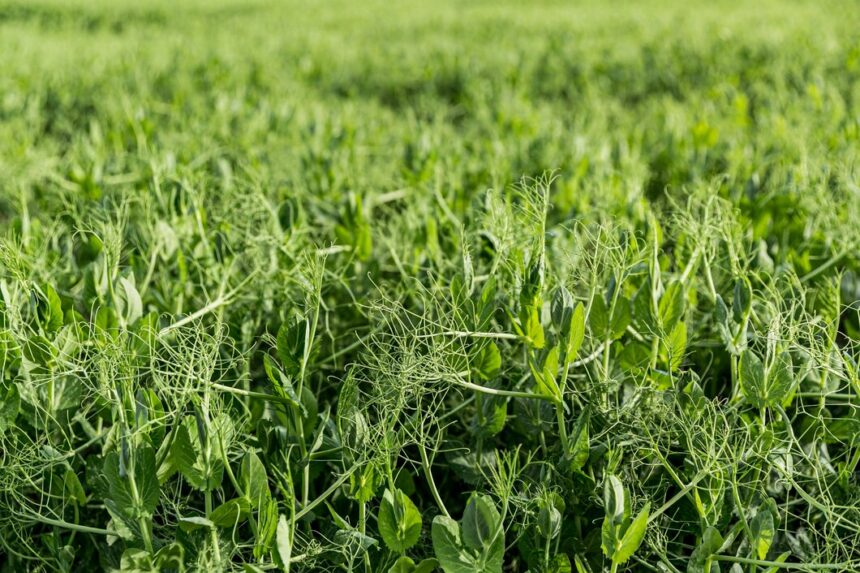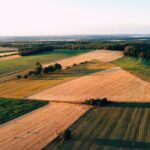Regenerative agriculture focuses on restoring and enhancing soil health, biodiversity, and ecosystem resilience. For South African farmers, adopting regenerative practices can significantly benefit the environment, increase productivity, and improve resilience to climate change. Here are ten practical ways to implement regenerative agriculture in South Africa:
- Cover Cropping: Plant cover crops such as legumes, grasses, or brassicas during off-seasons to prevent soil erosion, improve soil fertility, and enhance soil structure. Cover crops also help to fix nitrogen and support beneficial microorganisms.
- No-Till Farming: Reduce or eliminate tillage to maintain soil structure and health. No-till farming preserves soil organic matter, reduces erosion, and supports a diverse soil ecosystem.
- Crop Rotation: Implement diverse crop rotations to break pest and disease cycles, enhance soil nutrient cycling, and improve soil health. Rotating crops also reduces the need for synthetic fertilizers and pesticides.
- Agroforestry: Integrate trees and shrubs into agricultural landscapes. Agroforestry systems improve soil fertility, increase biodiversity, and provide additional income sources through fruit, nuts, or timber.
- Holistic Grazing Management: Use rotational grazing practices to mimic natural herbivore patterns. This approach helps in maintaining grassland health, improving soil carbon sequestration, and enhancing water retention.
- Composting and Organic Amendments: Apply compost and organic materials to enrich soil with nutrients and enhance microbial activity. Composting also reduces waste and supports a circular farming system.
- Water Management: Implement water-saving techniques such as rainwater harvesting, contour plowing, and drip irrigation. Efficient water management conserves resources and improves soil moisture retention.
- Biodiversity Enhancement: Encourage the presence of diverse plant species, insects, and wildlife on the farm. Biodiversity supports ecosystem services, such as pollination and natural pest control, and strengthens farm resilience.
- Soil Health Monitoring: Regularly assess soil health through tests and observations. Monitoring soil indicators, such as organic matter content, pH levels, and microbial activity, helps guide management decisions and track improvements.
- Community and Knowledge Sharing: Engage with local farming communities, participate in regenerative agriculture networks, and share knowledge and experiences. Collaboration and learning from others can enhance regenerative practices and foster innovation.
Benefits of Regenerative Agriculture in South Africa
Implementing these regenerative practices offers several advantages for South African farmers:
- Improved Soil Health: Enhanced soil fertility and structure lead to better crop yields and resilience against erosion and degradation.
- Increased Biodiversity: Diverse ecosystems support healthier farms and contribute to overall environmental sustainability.
- Climate Resilience: Regenerative practices help in carbon sequestration and improve the farm’s ability to adapt to climate variability.
- Economic Viability: Reduced dependence on synthetic inputs and improved soil productivity can lead to cost savings and increased profitability.
By incorporating these regenerative agriculture techniques, South African farmers can create more sustainable and resilient farming systems, benefiting both the environment and their agricultural enterprises.
Join 'Farmers Mag' WhatsApp Channel
Get the latest Farming news and tips delivered straight to your WhatsApp
CLICK HERE TO JOIN






